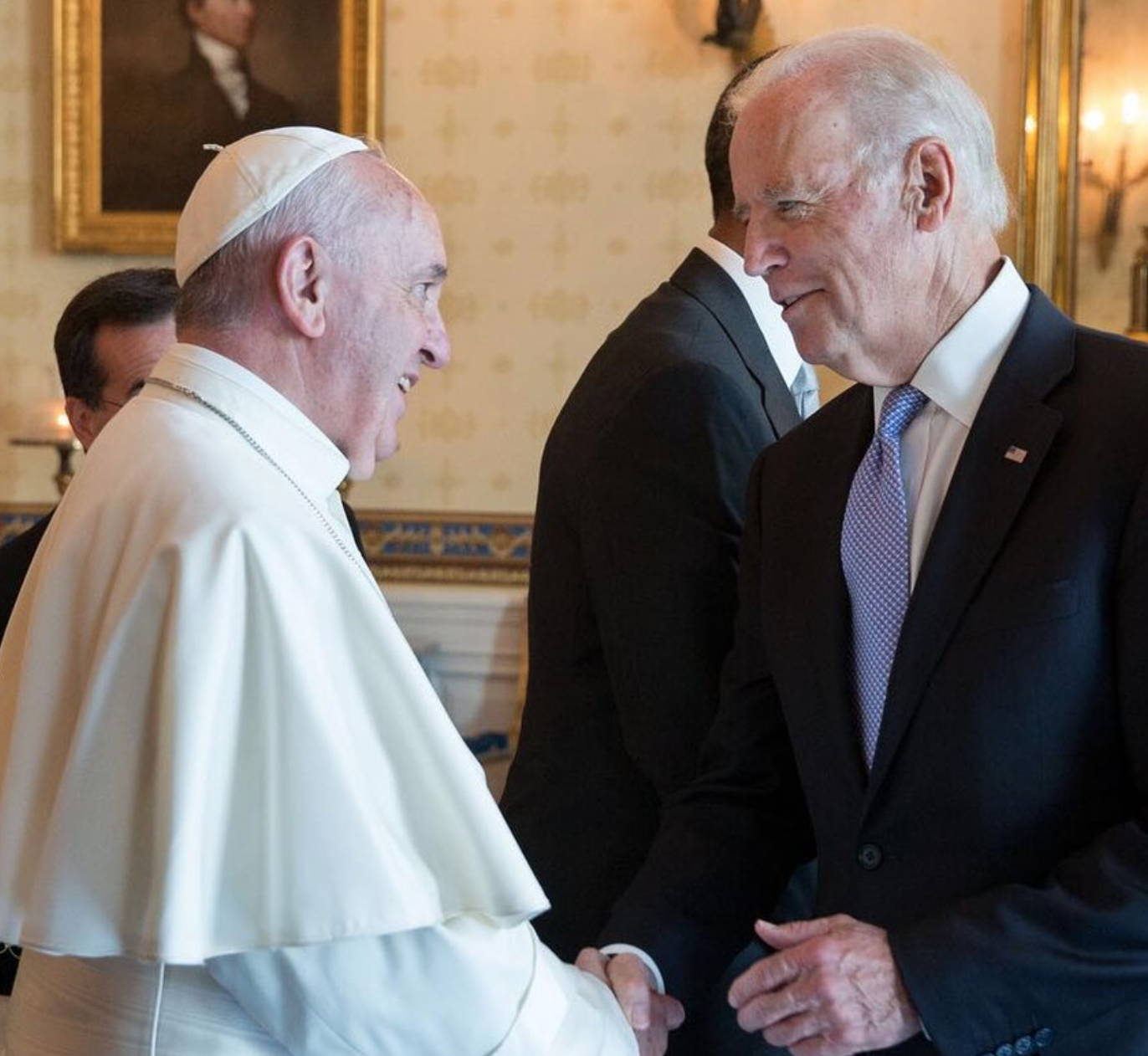If one looks up the word “winsome” in a dictionary, here is a typical example of what shows up, via Merriam-Webster: “generally pleasing and engaging often because of a childlike charm and innocence.”
However, a Google search for the term “winsome,” when combined with “Tim Keller,” opens up a window into a completely different world — one closely linked to debates about the meaning of the word “evangelical” in a Donald Trump-era culture.
Frankly, I am not going to go there. What I will do is urge GetReligion readers who visit Twitter to follow the #TimKeller hashtag and check out the waves of tributes in the wake of the passing of one of the most important American evangelicals — defined in terms of doctrine — in recent decades.
Instead of looking at the tsunami of news coverage, I will simply note the obvious — Keller is receiving much, or even most, of this attention because he lived, worked, preached and wrote in New York City. If his career had unfolded in the Bible Belt, mainstream journalists would never have heard of him. Thus, here is the New York Times double-decker headline on its obituary (which ran quickly, but inside the print edition):
The Rev. Timothy Keller, Pioneering Manhattan Evangelist, Dies at 72
Shunning fire and brimstone, he became a best-selling author and founded Redeemer Presbyterian Church, which drew young New Yorkers.
The Gray Lady’s lede offered this:
The Rev. Timothy J. Keller, a best-selling author and theorist of Christianity who performed a modern miracle of his own — establishing a theologically orthodox church in Manhattan that attracted thousands of young professional followers — died on Friday at his home in Manhattan. He was 72.
Yes, we can talk about the accuracy of the word “evangelist” in the headline. Once again, there are mainstream journalists who believe that is simply another way to say “evangelical.” Unless I missed something, Keller was not active in holding the kinds of public events — think Billy Graham “crusades” — normally associated with public evangelism. Were there some Central Park rallies with Keller sermons and altar calls that I missed? Please let me know.
What he was, of course, was a church builder and an “apologist” for small-o orthodox Christianity, of the Reformed form,” both in preaching and in writing — in books and a host of other forms.










